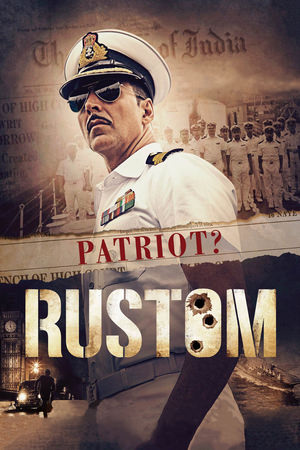Rustom Reviews and Ratings

-
The story of KM Nanavati is shrouded in mystery even after all these years, and it is difficult to point right from wrong. But predictably, Bollywood would prefer painting its heroes white or black rather than taking the effort to look at the shades of grey that colour us all. That is the biggest failing of “Rustom”.
-
In the hands of a more capable writer and director, this could’ve been a great role. Alas, Rustom only ends up being yet another forgettable venture for the star.
-
The foundation of any credible courtroom drama lies in its writing, which Vipul offers to ‘Rustom’, but there are those rare moments of heightened theatrics, which creep in and damage ‘Rustom’. Yet, it deserves credit for pitching a story on a case that historically altered the Indian judiciary system.
-
This is genuinely sad because if you sift out the frills, the faff and the chaff in Rustom, the pivotal plot is actually interesting and could have made for a solid thriller.
-
…a box-office winner. It will keep the audience as also its producers, distributors and exhibitors happy and smiling.
-
Knowing that the whole story is just Google search away, the writers introduce subplots to keep things interesting. Until the last 20 minutes of the film, you’re as clueless as the jury members, who can’t figure out whether the accused is guilty or not.
-
Though Rustom uses all the sensational material the Nanavati case has to offer, the treatment is laughably silly…
-
There’s nationalist fervour and jingoism running right through this cinematic interpretation of the scandalous Nanavati murder case that rocked the nation in the 1950s.
-
Rustom’s recreation of an iconic trial echoes the narrative style of the lesser films of the period in which the actual crime occurred – it throws out the facts in favour of a simplistic and crowd-pleasing solution, glosses over its hero’s criminal behaviour, and paints its characters in black and white. What the movie does get right is the luridly tabloid quality of the case.



















